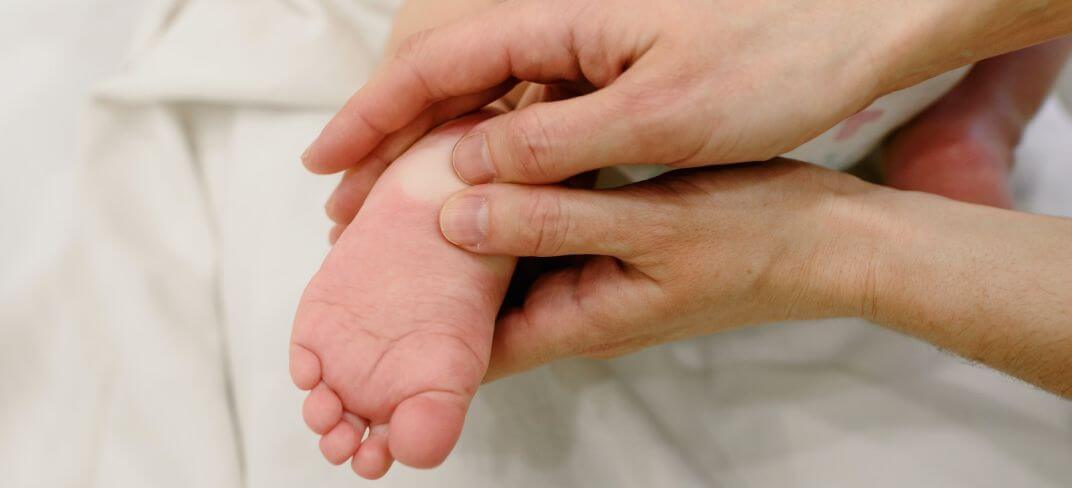What Causes Flat Feet In Children?

Editor’s Note: This article was originally published on 11 September 2023 and updated on 25 November 2025.
Flat feet in children are often a normal stage of development: in the first years of life — typically up to ages 6-7 — the arch of the foot is not yet fully formed and gradually develops as the child grows.
However, if flat feet persist beyond this age, or if symptoms such as pain or difficulty walking appear, it is important not to overlook the issue. Untreated flat feet can affect posture and, over time, lead to problems involving the legs, knees, and spine, with consequences for the child’s overall well-being.
Consulting a specialist makes it possible to assess the condition accurately, identify the underlying causes, and define a personalized treatment plan — ranging from targeted exercises to orthotic support, up to more specific interventions in complex cases.
Below is an essential guide to better understand flat feet in children and to know when a specialist evaluation may be necessary.
What Does It Mean to Have Flat Feet?
Flat feet in children are also known as over pronation or pes planus. Pediatric flatfoot means that the foot lacks a normal arch when standing.
Most children with flat feet have what’s known as flexible flat feet. That means they have a normal arch in their feet when they aren’t bearing weight on them. But when they put weight on their feet, the arch disappears.
Pediatric flatfoot can be classified as either symptomatic or asymptomatic. If children have pain with activity, it is considered symptomatic. Having flat feet can affect the body’s alignment. This can cause your child to have pain in their ankles, knees, and back. If no symptoms exist, then the flatfoot is considered asymptomatic.
What Causes Flat Feet in Children?
As your child grows, their arch develops with tendons, ligaments, and bones of the foot. The process takes place during the toddler years, around two or three years old. By age 10, most children usually develop an arch, according to the U.S. National Library of Medicine.
Let's look at some of the causes of flat foot:
- Heredity.
- Some rare hereditary connective tissue disorders (e.g., Helers-Danlos syndrome - EDS, Marfan syndrome) that cause loosening of the tendons.
- Injury to tendons.
- Obesity.
- Diabetes.
- Rheumatoid arthritis.
- Tarsal coalition (rarely). This is one of the congenital foot deformities that can cause stiff flat feet. This condition is characterized by two or more bones in the foot growing or fusing together.
How Are Flat Feet Diagnosed?
Your child’s pediatrician or an orthopaedic specialist can diagnose flat feet. They’ll make a diagnosis by observing your child walking, standing, or running. And they’ll also do a physical exam and take a medical and symptom history of your child, including pain and discomfort. When necessary, diagnostic tests are prescribed to determine the cause.
How Are Flat Feet Treated in Children?
If they’re not in pain, children often don’t require treatment for flat feet. However, if your child’s flat feet cause pain, there are treatment options available which should be evaluated by a specialist, including:
- Use of orthotics to relieve leg and back pain.
- Painkillers, appropriately indicated by the specialist.
- Physical therapy and stretching.
- Nutritional program, if the flat foot is dependent on excess weight.
- Minimally invasive surgery if symptoms cannot be relieved with previous solutions and if there is an underlying tendon or bone injury.
If you suspect that your child may have flat feet, or have already received an initial diagnosis, don’t miss the Specialist Day dedicated to pediatric flat feet on December 13, 2025, with Dr. Alfredo Orefice.